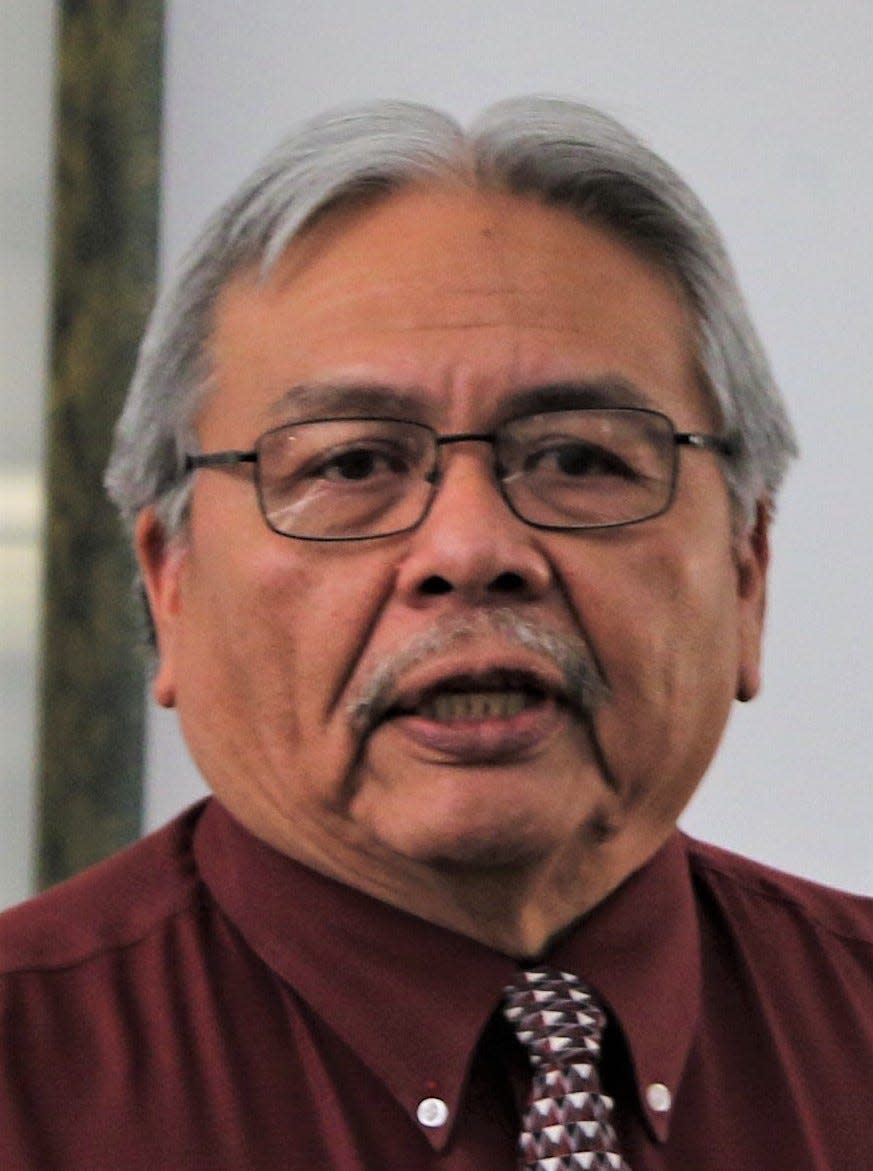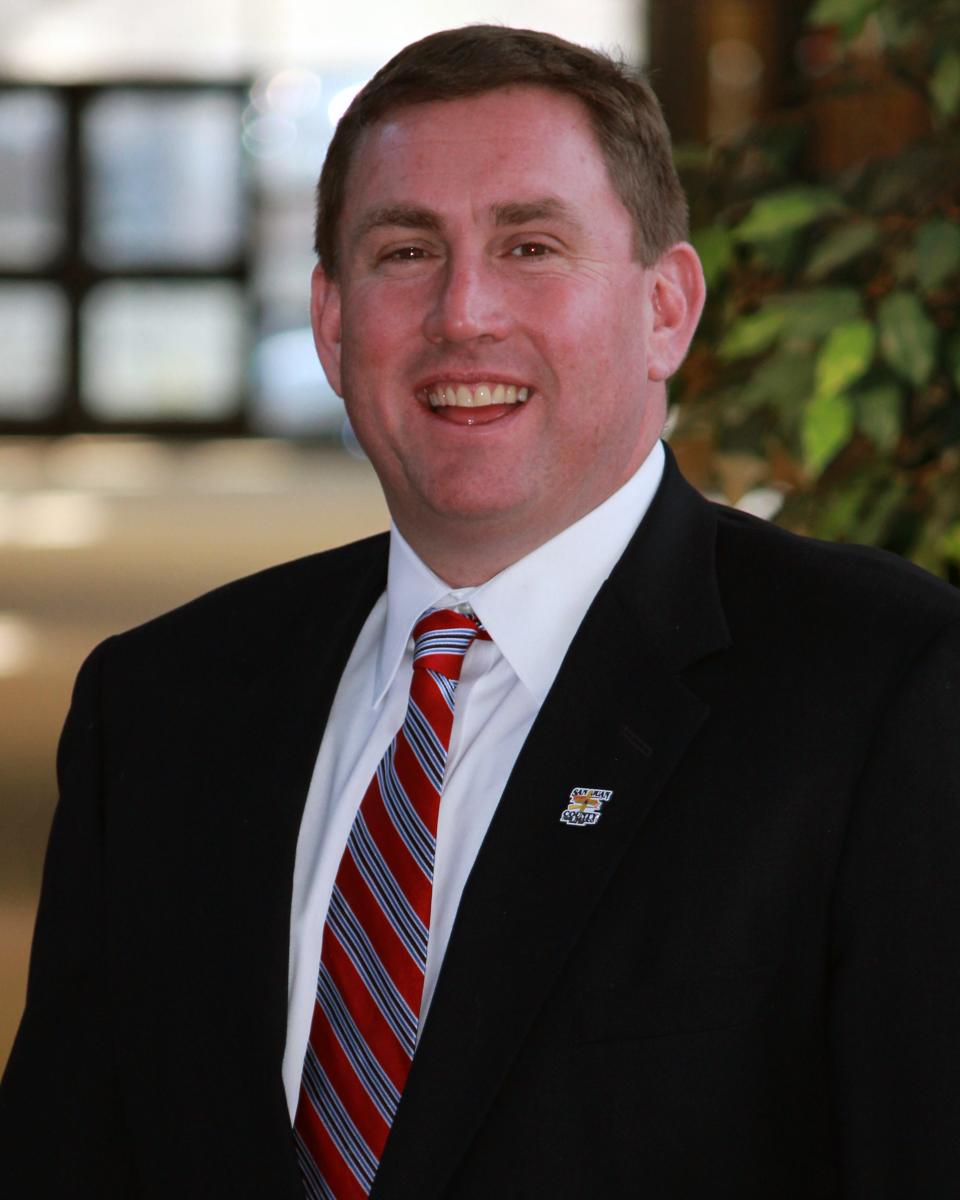Officials assess progress as San Juan County transition from fossil fuels-based economy
A variety of government, tribal and nonprofit organization officials involved in the effort to reshape the San Juan County economy as it continues to move from fossil fuels to other areas of emphasis weighed in on how that transition is progressing during a virtual public meeting July 26, with most of them acknowledging that much work remains to be done.
The virtual meeting of the Four Corners Rapid Response Team — a White House-level initiative that operates on behalf of the Interagency Working Group on Coal and Power Plant Communities and Economic Revitalization, which was created by an executive order signed by President Biden during his first week in office — was designed to update citizens on what the team has accomplished on behalf of Farmington and its surrounding communities since its formation in 2022, according to a news release.
The meeting featured presentations by Brian Anderson, a U.S. Department of Energy officials who serves as the executive director of the Interagency Working Group; Noah Eckert, the project manager for the D.E. Shaw Group’s San Juan Solar Project; Arvin Trujillo, senior adviser and executive administrator to Navajo Nation President Buu Nygren; and Mike Stark, San Juan County manager, among others.
Anderson began the meeting by emphasizing that it is not the intention of federal officials to come to San Juan County — or any other region undergoing a similar economic change — and dictate to local leaders how that transition should unfold.
Instead, his group’s mission is to break down any barriers that may exist that would hinder that transition. Anderson said he wanted to hear the specifics of the hardships that local residents are facing so he and other government officials understand what those challenges are and how they can be overcome.
“We know Four Corners communities are no strangers to the impact of (power plant and coal mine) closures,” he said, referring to the fact that three of the region’s seven power plants have been shuttered since 2019, with others scheduled to join them in the years ahead.
“I think there is a sense of urgency as we navigate … the closures that are looming,” said Kevin John, the Rapid Response Team leader.
Since the Rapid Response Team was mobilized during an August 2022 meeting at San Juan College, John said much of its time has been focused on soliciting public feedback about the obstacles to economic growth that exist in the county. Those obstacles include a lack of access to broadband service throughout the county and a lack of infrastructure to house new businesses, he said.
While there has been significant government grant funding available in recent years to address those and other shortcomings, John said public feedback also has revealed that most local entities lack dedicated grant writers and don’t have the time or expertise to perform that task themselves.
John added that the feedback the team has gotten from representatives of the environmental community indicates that they believe San Juan County has a significant problem with orphaned or abandoned wells and that the issue is not being adequately addressed.
But many of the speakers who followed spoke at length about some of the initiatives that already have been undertaken to help the county make that transition away from a reliance on fossil fuels. Eckert went first, describing for participants the specifics of his company’s solar power project north of Kirtland that is designed to replace some of the power generation capacity that was lost when the San Juan Generating Station closed late last year.
Eckert said the project will generate 200 megawatts of solar power and 100 megawatts of battery storage on private land. He said the project was initiated in 2017 by another company, and its progress was delayed by the COVID-19 pandemic and supply-line issues.
But two contractors are working onsite now, he said, and the project is scheduled to be in service by May 2024.

Trujillo, the former executive director of Four Corners Economic Development who left that position earlier this year for his new post with the Navajo Nation, said that front his perspective, there seems to be a “feast or famine” situation in the region when it comes to access government funding to address the hurdles to economic progress.
“Some areas are flush with money and are trying to spend it within the time frame allowed, and there are some with no money at all,” he said.
Trujillo advocated for the creation of a coordination entity that would be charged with helping tribal and nontribal entities work together on multiple fronts.
That seemed to resonate with Stark, the San Juan County manager, who cited the work Trujillo did a few years ago on helping craft a memorandum of understanding between the Navajo Nation and San Juan County for the creation of a study examining the feasibility of bringing freight rail service back to the area — an element local officials regard as integral to their plans to diversify the economy. County officials secured a $2 million federal grant to facilitate that process.
“That had been studied for the past 50 years, but it never moved ahead because of a lack of key partnerships and funding, which are now in place,” Stark said.

Stark said the benefits of building a railroad spur from the Interstate 40 corridor to San Juan County are numerous, including a reduced cost of shipping goods to and from the region. The Farmington Metropolitan Statistical Area is one of the largest MSAs in the country without a freight rail line, he said, and it is the only MSA in New Mexico that does not have a freight rail line, interstate highway or commercial air service.
Stark said the deadline for the completion of the feasibility study is Oct. 24, 2024, but the firm that was hired by the county to produce the plan — HDR Engineering of Omaha, Nebraska — is well ahead of that schedule and likely will have it done by the end of this year or next year.
The list of speakers also included Waldy Salazar, the division director for the New Mexico Department of Workforce Solutions, who outlined his agency’s efforts to get $20,000 payments to displaced workers from the San Juan Generating Station and its accompanying Westmoreland San Juan Mine that were provided for under the terms of the Energy Transition Act passed by state lawmakers in 2019.
Salazar said as of July 13, 404 applications for the payments had been approved by his agency, and 354 checks had been delivered. He said the agency would continue to distribute those checks through the end of August before turning its attention to trying to identify and secure additional sources of funding to assist displaced workers.
Nearly 200 of those who folks who lost their jobs when the mine and power plant closed have expressed an interest in receiving training assistance for new jobs, he said. Salazar also cited demographic figures the agency has compiled that reveal that 89% of the displaced workers are male, while 43% are Native American. Nearly all the displaced workers with whom his agency has interacted — 94% — live in San Juan County, he said.
Mike Easterling can be reached at 505-564-4610 or measterling@daily-times.com. Support local journalism with a digital subscription: http://bit.ly/2I6TU0e.
This article originally appeared on Farmington Daily Times: Four Corners Rapid Response Team was formed in August 2022

